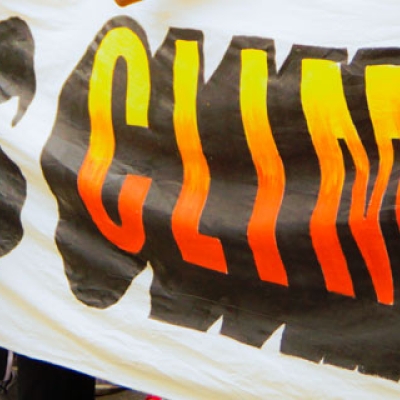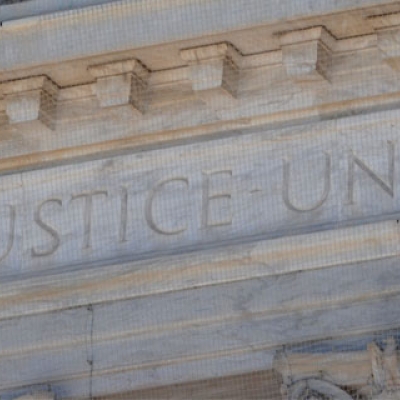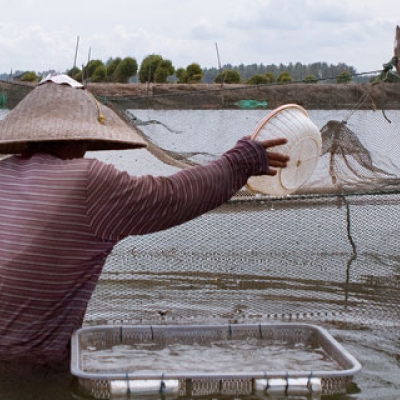Spring comes to the northern Rocky Mountains like a lion and often leaves like one too. This spring proved no different. I spent it in Waterton, Alberta, resampling eighty miles of track transects I had created three years earlier, looking for changes in wolf and elk use of this critical wildlife corridor. My study area in Waterton-Glacier International Peace Park spans the US-Canada border and harbors most wildlife species present at the time of the Lewis and Clark Expedition.
Track transect surveys are among my favorite fieldwork, because this method allows me to experience landscapes intimately. Walking along the same pathways that wolves and elk use, I pull measuring tape in fifty-yard increments and record all the large mammal animal sign I find along a two-yard strip on either side of the tape. Along the way I often find unexpected and fascinating things and secret places—coyote dens, wolf rendezvous sites, a newborn elk bedded in the shrubs, and the place where a grizzly sow has lain with her cubs. However, this method can only be applied between snowmelt and when the grass grows tall enough to hide the data (wolf and elk droppings, carcass pieces). This May, five snowstorms made our work more challenging than usual, effectively burying my data and immuring us in our quarters for days.




